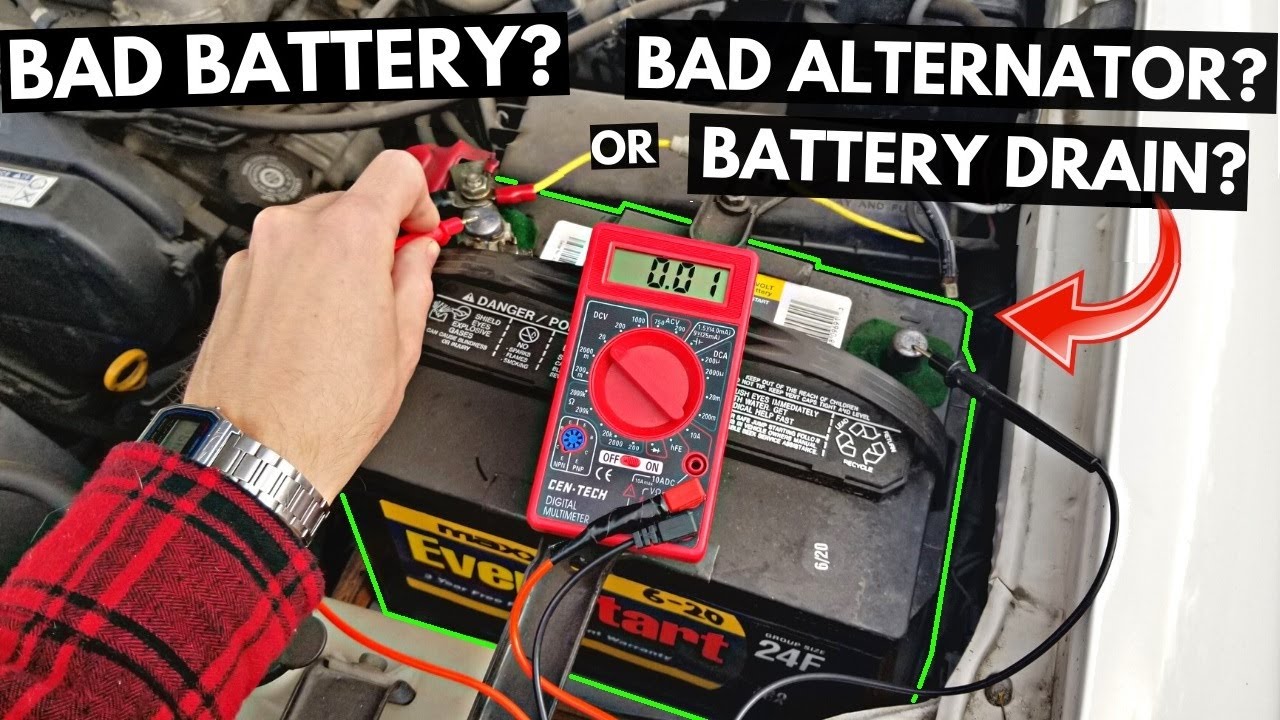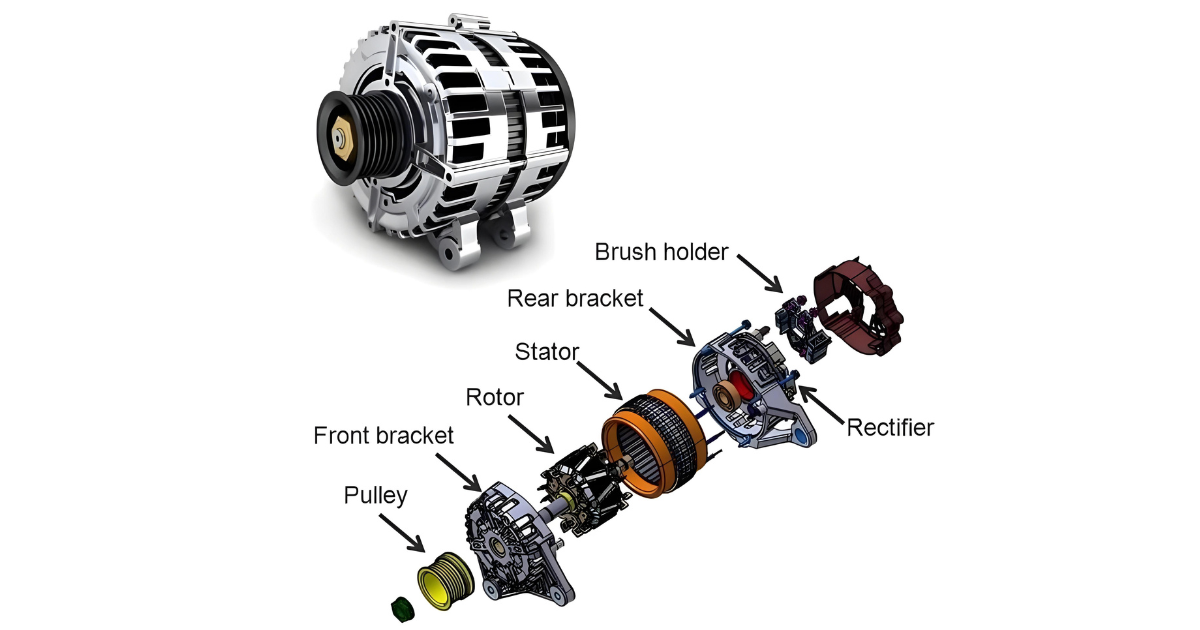A vehicle problem could strike at any moment. In the event that you are unable to promptly identify and resolve the issue, this could render you stuck. As an example, when a vehicle won’t start, the alternator and battery are often checked first.
Even though problems with the batteries are typical, after you’ve made sure the battery is fine, the alternator should be checked next. In order to identify the root cause of the problem, it is essential to know how to test the alternator by removing the battery.

How to Test the Alternator by Cutting the Battery
Testing the alternator is among the simplest automotive tasks. Disconnecting the battery is the quickest and easiest way to verify the alternator’s health, however there are other choices as well.
Knowing how to use a multimeter to check if the alternator is faulty is another possibility. If you’d rather use the first method, however, you can’t simply start the engine, pop the hood, and disconnect the cable from the positive or negative terminal of the battery.
You risk damaging your vehicle and starting a fire if you do the test wrong. Here is a detailed guide on how to test the alternator by removing the battery.
Step 1: Start the car’s engine
To start the alternator test, start your car’s engine. You might choose to continue if the vehicle was already started.
A hot engine might cause injury if you’re not careful, therefore it’s advisable to be cautious when starting the car. So, it’s probably a good idea to pull over, switch off the engine, and let it cool down before starting the check.
Before you begin, make sure you are in a safe environment; this is particularly important if you do not have access to your home garage. Wear protective gear, such as rubber gloves, if you happen to possess a set. I don’t mind either way!
Step 2: Open the hood and locate the battery
You can open the hood by pulling the lever located beneath the dashboard on the driver’s side once the engine starts running.
The next step, according to your vehicle type, is to step out of the vehicle in order to open the hood correctly and secure it in position. A small metal hood-lift support may be necessary to keep the hood in place as it is being lifted, though certain vehicle hoods can remain upright without one.
Step 3: Identify the negative battery terminal
Finding the right battery terminal to pull is the next step in achieving your goal. In order to test the alternator, the negative terminal is the best choice. On the battery, you can see the terminal marked with a minus sign (-).
Keep in mind that disconnecting the positive terminal can cause a spark, which could harm your battery and other parts of your vehicle. Make sure you don’t make this expensive error. Still another way to avoid a dead short in a battery is to disconnect the wire from the negative terminal.
Step 4: Remove the negative battery terminal
Once you identify the negative terminal, simply pull the cable connected to the terminal while the car’s engine is still running. You can use a wrench or pull it directly with your hand if a wrench is not available.
After that, carefully observe the outcome. If the car’s engine performance drops, stalls, or dies down entirely, you have a bad alternator. Kindly replace the component immediately to protect the battery from further damage.
Meanwhile, if the engine keeps running without any interruption, it means the alternator is okay. For those asking how to test alternators without a multimeter, you may want to check out this video to guide you through the process properly.
Conclusion
The ability to test the alternator by removing the battery is among the most basic methods for determining the component’s health. Nevertheless, “performing well on what is worthwhile is worth doing.” That is to say, your vehicle could sustain serious damage from even a minor error.
However, if you think your car’s alternator is malfunctioning, you shouldn’t be worried anymore. Fortunately, you can determine if the component is fine or needs a replacement by following the above-mentioned step-by-step procedure.
If you’re wondering things like, “Is it possible to test my alternator without the battery?” The positive terminal cable should never be removed because doing so could cause damage or even a spark. Instead, disconnect the cable from the negative terminal. I hope the alternator test goes well.




